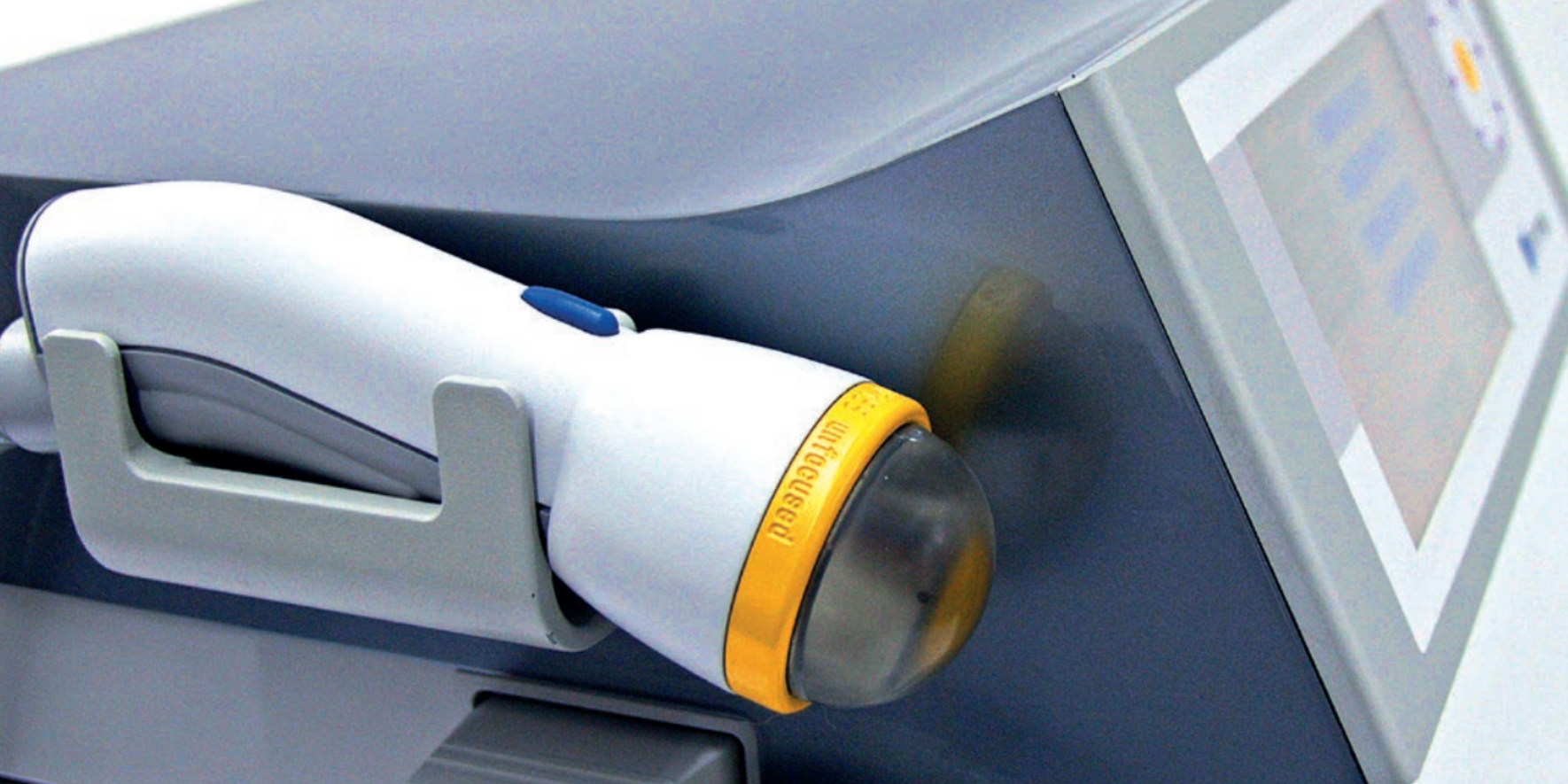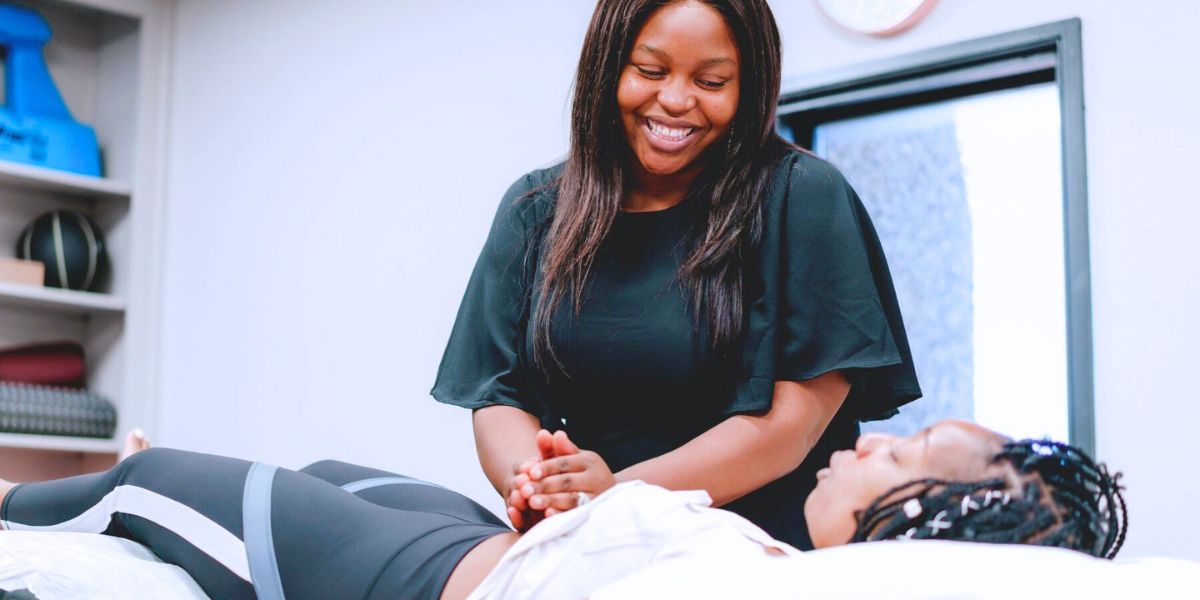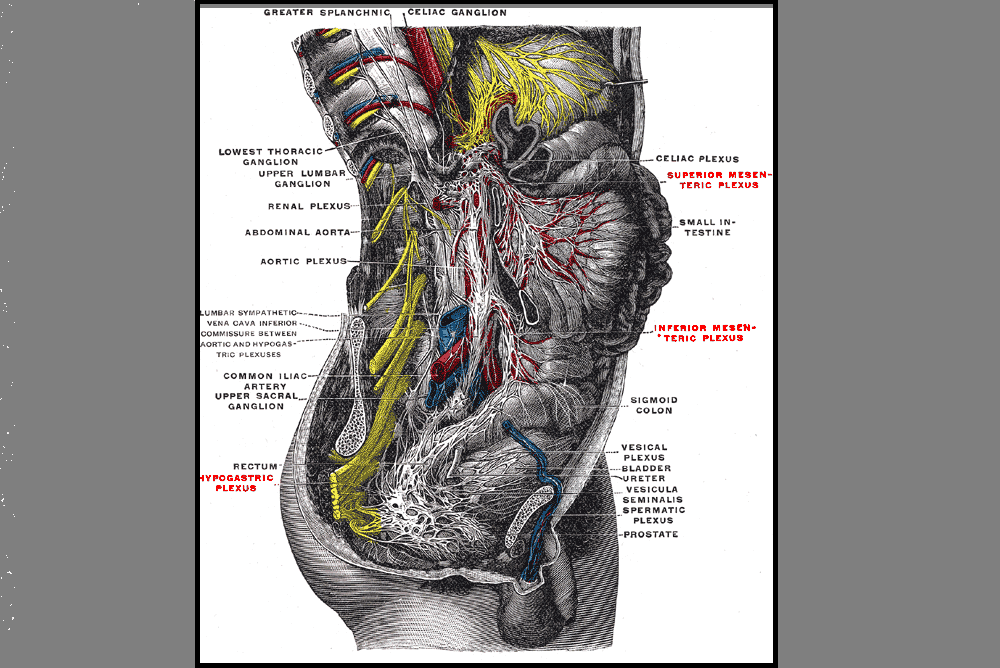
Regular exercise during pregnancy offers health benefits to both the mother and baby. However, existing evidence suggests that despite being beneficial, the current recommendations of exercise are not being met by many women during pregnancy (Downs 2003, Rebelle 2022). A reason for this could be a lack of guidance. A study by Nascimento showed that less than half of women receive exercise guidance during prenatal care meetings, and nearly half of exercising women stop their participation in exercise during pregnancy.
The American College of Obstetricians and Gynecologists (ACOG) Guidelines of 1985 are still commonly recommended to patients with a hard cut-off of 15 minutes of exercise and a heart rate of 140. However, there has been a significant shift in the mindset of professionals advocating for continued exercise in pregnancy. A hard cut-off for heart rate is difficult to adhere to as maternal heart rate and cardiac output both increase in pregnancy (Tan 2013), and in 2020 the ACOG updated its Guidelines to recommend using both the BORG RPE scale and maternal heart rate. Exercise intensity should be perceived as fairly light to somewhat hard on the Borg Rating of Perceived Exertion (RPE) scale, which ranges from 0 (which is no exertion) to 20 (which is maximal exertion). An easy and practical way to monitor intensity is with the Talk Test.
The current ACOG recommendations encourage 150 minutes of moderate aerobic activity per week during pregnancy and allow for prior levels of physical activity to be continued with OB approval in the absence of medical complications and contraindications. Those initiating exercise in pregnancy need to start slowly with 5 minutes of activity per day and increase slowly by 5 minutes weekly until they are able to exercise 30 minutes per day. Contact sports, activities that may carry a risk of falling or cause the body to become overheated, skydiving, scuba diving, and activities at over 6000 feet are not encouraged during pregnancy (Gascoigne 2023, ACOG 804 opinion).
Aparna Rajagopal, PT, MHS is the lead therapist at Henry Ford Macomb Hospital's pelvic dysfunction program, where she treats pelvic rehab patients and consults with the sports therapy team. Her interest in treating peripartum patients and athletes allowed her to recognize the role that breathing plays in pelvic dysfunction. Aparna and Leeann Taptich DPT, SCS, MTC, CSCS co-authored the course Breathing and Diaphragm which helps clinicians understand breathing mechanics and their relationship to the pelvic floor.
The diaphragm is well established as the primary muscle utilized for breathing and as an important contributor to the control of intra-abdominal pressure.
The diaphragm also establishes a myofascial connection from the neck to the foot linking the pelvic floor to the entire body. The diaphragm links the pelvic floor to the ribs, pelvis, hip, and shoulder through the fascia. While a firm definition of fascia is debatable, fascia is a continuum of collagen containing loose and dense fibrous connective tissue that permeates the whole human body effectively connecting one part of the body to another, literally from the head all the way to the toes (1). Fascial tissue contains proprioceptors and nociceptors and changes in fascial tension can influence the function of the musculature that it connects and in turn influence motor control, length-tension relationships, and overall posture (2).

Aparna Rajagopal, PT, MHS, WCS, PRPC, Capp-OB Certified, and Leeann Taptich DPT, SCS, MTC, CSCS co-authored the course, Breathing and the Diaphragm: Pelvic and Orthopedic Therapists, which helps clinicians understand breathing mechanics and their relationship to the pelvic floor.
Assessment of both static and dynamic posture is something we are taught very early on in physical therapy school. Posture and postural deviations have been shown in the literature to have a direct correlation to pelvic floor function and dysfunction. Multiple EMG studies have demonstrated that foot/ankle position can influence pelvic floor activity and that there is increased pelvic floor activity with the ankle positioned in dorsiflexion.(1)
Similarly, increased thoracic kyphosis and decreased lumbar lordosis can increase the likelihood of developing pelvic organ prolapse by influencing intra-abdominal pressure and causing extra pressure on the pelvic floor. Postural deviations far away from the pelvic floor can also affect the pelvic floor. Rounded shoulders and forward head posture are common findings during our assessments. Shoulder protrusion is a common finding in chronic pelvic pain patients.(1)

Aparna Rajagopal, PT, MHS, WCS, PRPC, Capp-OB Certified is the lead therapist at Henry Ford Macomb Hospital's pelvic dysfunction program, where she treats pelvic rehab patients and consults with the sports therapy team. Her interest in treating peripartum patients and athletes allowed her to recognize the role that breathing plays in pelvic dysfunction.
Leeann Taptich DPT, SCS, MTC, CSCS leads the Sports Physical Therapy team at Henry Ford Macomb Hospital where she mentors a team of therapists. She also works very closely with the pelvic team at the hospital which gives her a very unique perspective of the athlete.
Aparna and Leeann co-authored the course, Breathing and the Diaphragm: Pelvic and Orthopedic Therapists, which helps clinicians understand breathing mechanics and their relationship to the pelvic floor.
;Aparna Rajagopal, PT, MHS is the lead therapist at Henry Ford Macomb Hospital's pelvic dysfunction program, where she treats pelvic rehab patients and consults with the sports therapy team. Her interests in treating peripartum patients and athletes allowed her to recognize the role that breathing plays in pelvic dysfunction. She has co-authored the course, "Breathing and the Diaphragm: Pelvic and Orthopedic Therapists", which helps clinicians understand breathing mechanics and their relationship to the pelvic floor.
A few months ago a young woman with a diagnosis of dyspareunia was referred to me. She had been a gymnast through her teens and now worked out regularly. She reported being unable to use tampons throughout her life, experiencing difficulty with undergoing pelvic examinations, and inability to have intercourse with her partner all through her married years. She also had a history of long-standing constipation and urinary symptoms including increased voiding frequency and the feeling of incomplete emptying.
Her examination included significant overactivity of her abdominals. A very chest dominant pattern of breathing with very limited lower lateral costal expansion, limitations in thoracic mobility, a fairly rigid rib cage with a very narrow infra sternal angle, connective tissue restrictions of the abdominal, pelvic areas, decreased flexibility of her hamstrings, and weakness of her Glut Max muscles. There was significant guarding and an internal assessment of pelvic floor muscles was not performed initially due to associated discomfort.
Aparna Rajagopal, PT, MHS is the lead therapist at Henry Ford Macomb Hospital's pelvic dysfunction program, where she treats pelvic rehab patients and consults with the sports therapy team. Her interests in treating peripartum patients and athletes allowed her to recognize the role that breathing plays in pelvic dysfunction. She has just joined the Herman & Wallace faculty and co-authored the new course, "Breathing and the Diaphragm: Pelvic and Orthopedic Therapists", which helps clinicians understand breathing mechanics and their relationship to the pelvic floor.
Aparna was kind enough to introduce herself to us here on The Pelvic Rehab Report.
Thank you for your time Aparna! To start, tell us a little bit about yourself.
My name is Aparna. I’ve been a physical therapist for 22 years. About 16 years ago I switched focus from orthopedics to treating pregnancy and postpartum patients and that’s where my initial interest in pelvic care started. In 2006 following my pregnancy and birth of my daughter, my interest in pelvic care grew with my special interest becoming pelvic pain.
I teach and mentor the pelvic health therapists within the fairly large hospital system that I work at and collaborate with our spine center team and our sports team.








































